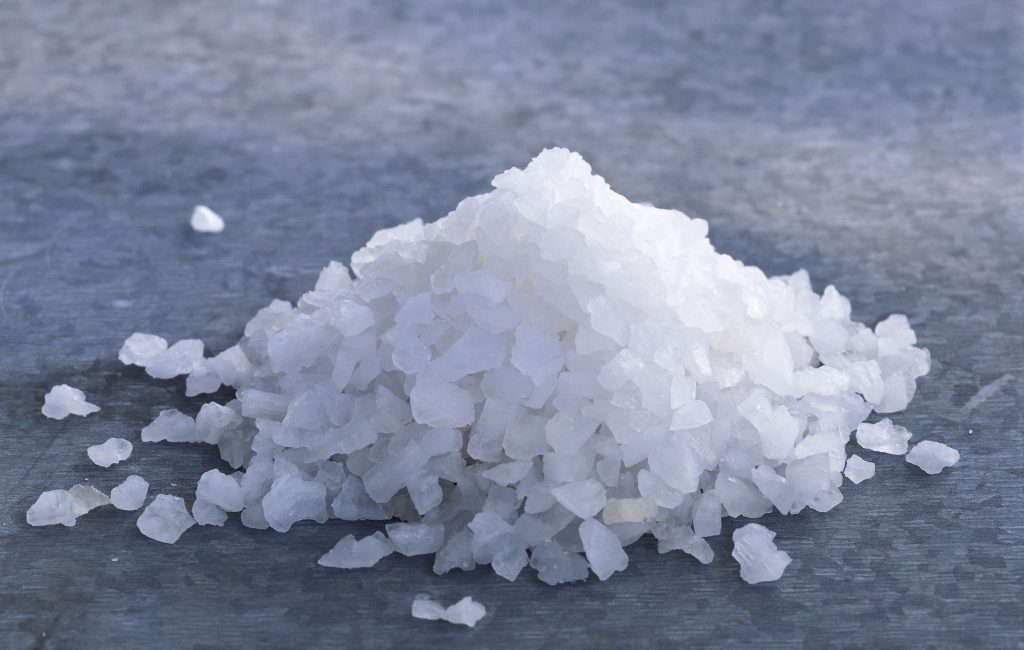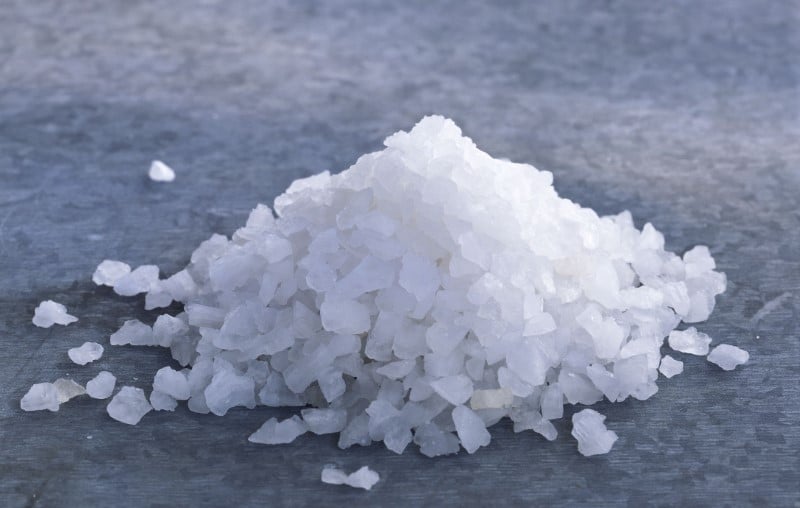
Clogging in the raised mound system may be caused by too much salt accumulation. The salt comes from the water softeners that you use to deal with hard water. Hard water is a type of water that has calcium and magnesium. These and other elements make it difficult for your detergents or soaps to lather up, making your cleaning chores almost impossible to accomplish on time. With hard water, you use too much time, effort, and money. You buy more soap so it affects your budget. You repeat the washings so you use more effort and time. When you use hard water, your soap turns into slimy and sticky soap scum that clogs the drains and sinks. Water load in the raised mound is also increased with more water that you use. This stirs up the solid waste materials, delaying their break down. The solid particles stay in the raised mound tank until they are pushed through the filters and into the surrounding soil absorption system.
You have to counter these damaging effects brought about by hard water. To do this, you need to use water softeners. Water softeners have sodium carbonate or salt ions. The calcium and magnesium ions are stronger than the salt ions s they become attracted by the beads in the water softeners. They are then flushed out of the water supply system. The salt ions are left in the water. The water is softened at this stage. It could already be used easily for washing. In using water softeners, you need to know how salt can cause clogging in a raised mound system. If you use too much water softeners, the salt content will escalate in your raised mound. Salt is a preservative that kills bacteria so that the organic substance could have a longer shelf life. If it is added constantly into your raised mound system, the resident bacteria would be killed and there would be no wastewater treatment anymore. What happens here is that the salt makes the bacterial environment hypertonic. The salt in the wastewater sucks out all the fluids from the bacteria. Bacteria need fluids to survive.
If you have a hard water crisis, it would be best to talk to your septic expert about it. Additives will be administered into your raised mound system so that it could remain functional even if you use water softeners. You should also start using eco-friendly soaps or detergents. Harsh cleaners kill bacteria. Gentle, environment friendly cleaners will not harm the bacteria in your raised mound system so you can be sure of your raised mound’s safety. Also make sure that you adhere to the scheduled pump outs so that you could get rid of the accumulated salts in the raised mound tank.
